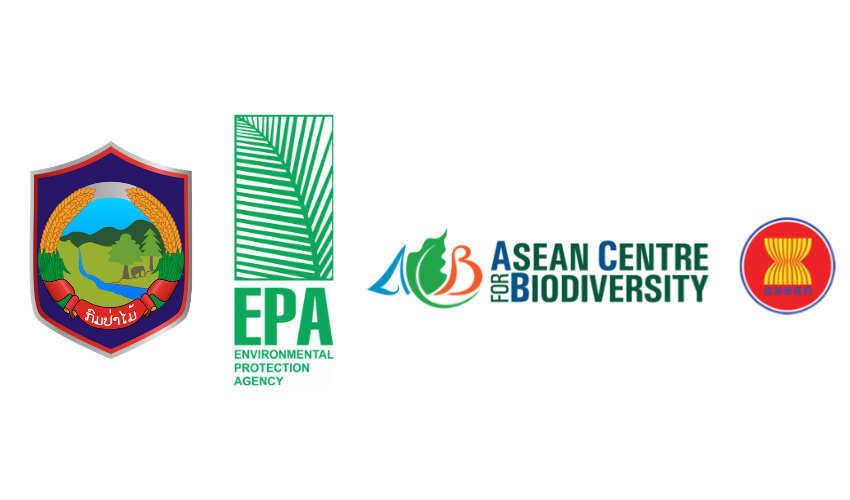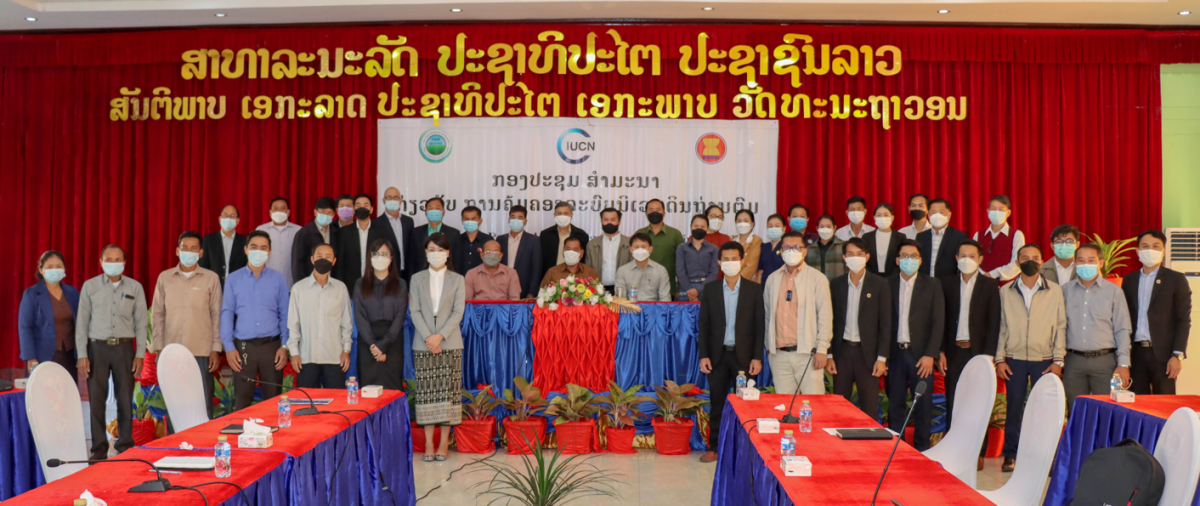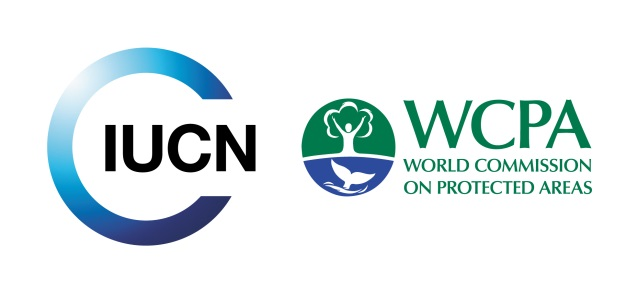APAP welcomes new Country and Associate Members
APAP has welcomed three new Members and Associate Members since December 2018: the Protected Area Management Division of Lao PDR’s Department of Forestry; the Maldives’ Environmental Protection Agency (EPA); and the ASEAN Centre for Biodiversity (ACB).

Photo: IUCN
The Protected Area Management Division in Lao PDR looks after the application of the 2015 Protected Areas Decree. While the system of National Biodiversity Conservation Areas in Lao PDR was legally established in 1993, the May 2015 Protected Areas Decree determined the principles, regulations and standards for establishing, allocating, protecting, developing, utilising and inspecting protected areas. The decree also classifies four levels of protected areas and ensures their sustainability.
Also joining APAP recently is the Maldives' EPA. The EPA is a regulatory entity, affiliated with the Ministry of Environment, which oversees the management of environment and biodiversity, including waste management and pollution prevention in the Maldives. The EPA is responsible for the declaration and management of protected areas and species. It brings to APAP a wide range of experience in the development of protected areas management plans.
APAP is also pleased to welcome its second Associate Member, the ASEAN Centre for Biodiversity. ACB is ASEAN’s response to biodiversity loss in the region. It is an intergovernmental organisation that facilitates cooperation and coordination among the 10 ASEAN Member States (Brunei Darussalam, Cambodia, Indonesia, Lao PDR, Malaysia, Myanmar, Philippines, Singapore, Thailand and Viet Nam), and with regional and international organisations, on the conservation and sustainable use of biological diversity and the fair and equitable sharing of its benefits. The ASEAN Centre for Biodiversity serves as the secretariat of the ASEAN Heritage Parks Programme and is responsible for reviewing nominations of sites. ACB brings to APAP its experience in facilitating cooperation and coordination among ASEAN Member States, supporting access to knowledge and tools, and developing capacity for biodiversity conservation.
Asia Protected Areas Partnership (APAP) has been designed as a key platform to help governments and other stakeholders collaborate for more effective management of protected areas in the region. The partnership was initiated in 2013 at the first-ever Asia Parks Congress held in Japan, and formally launched the following year at the IUCN World Parks Congress in Australia. It is chaired by IUCN, International Union for Conservation of Nature, and co-chaired by an APAP member organisation on a rotational basis, beginning with the Ministry of the Environment, Japan.



